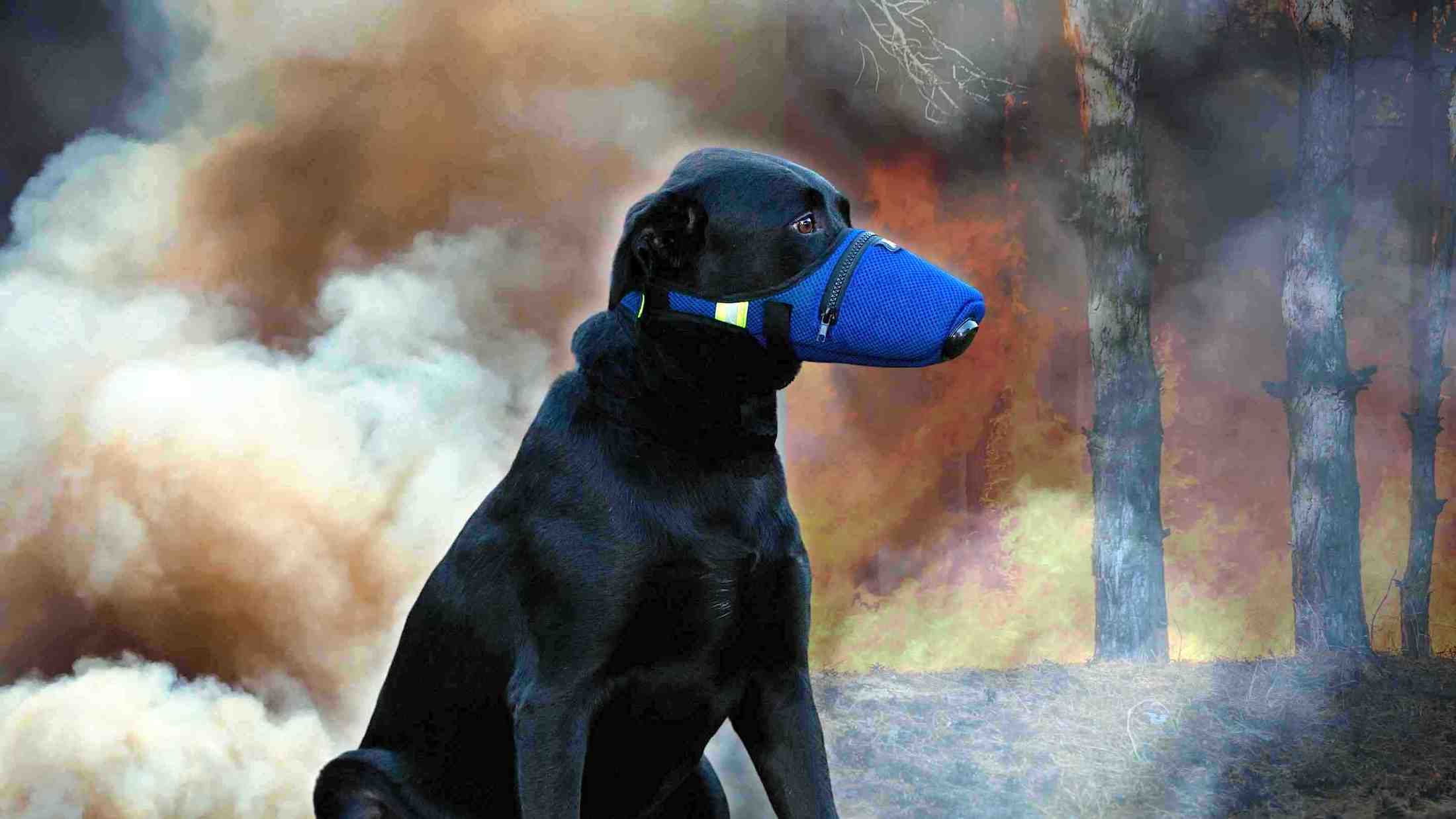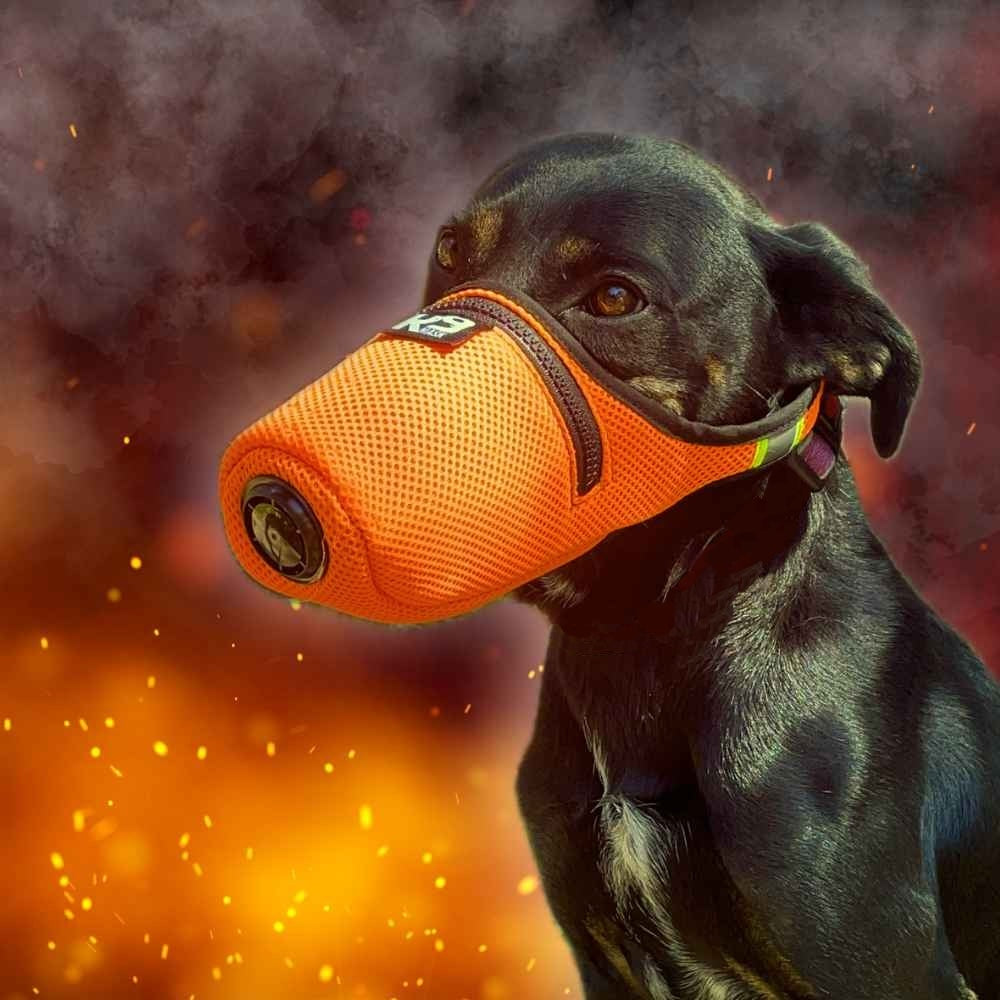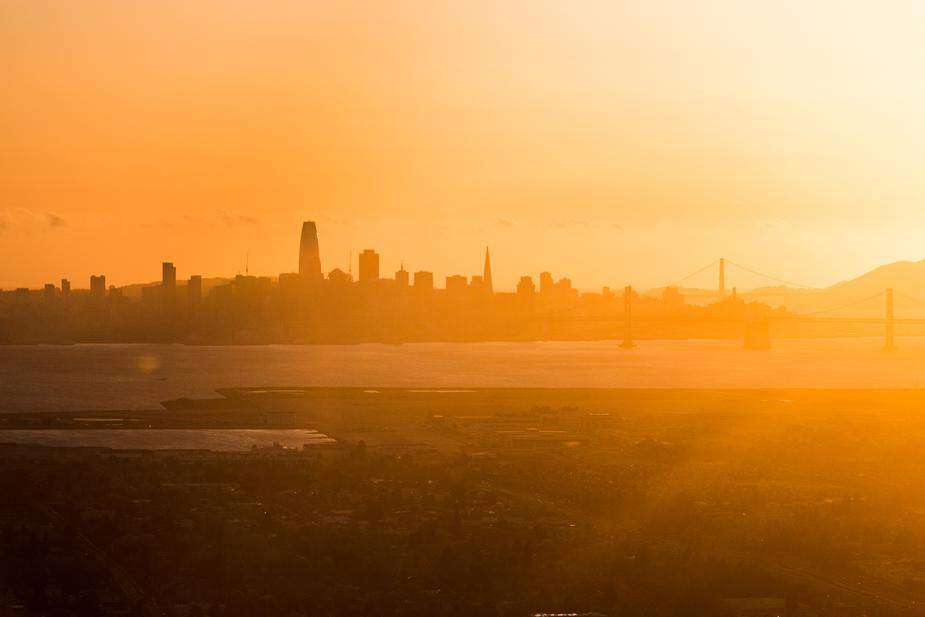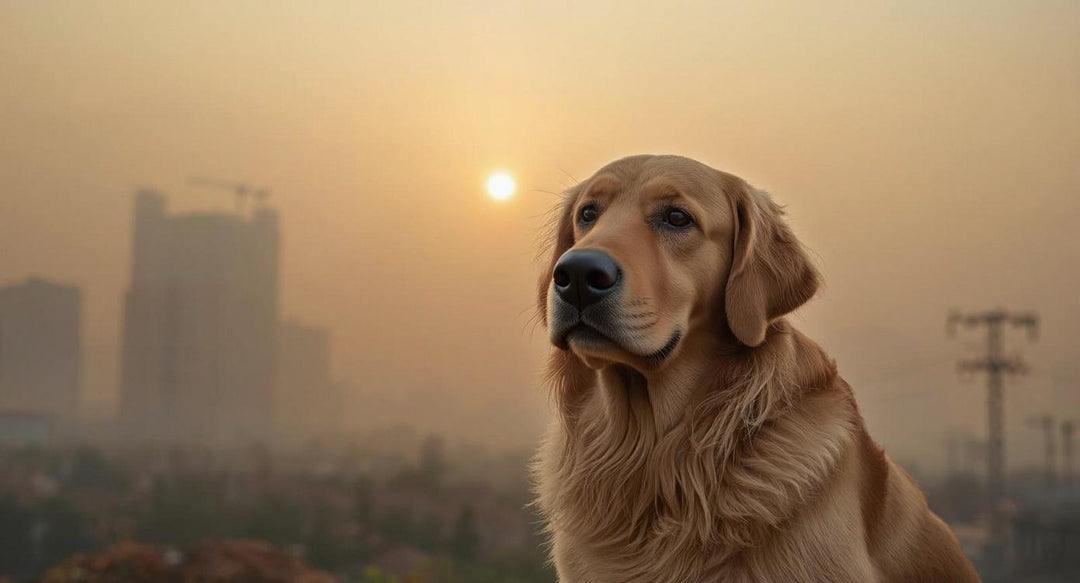Smoke over Sydney, Australia, caused by raging bushfires, has become so thick that it is setting off smoke detectors in the central business district, reported South China Morning Post on December 10.
Residents in parts of eastern Australia abandoned their homes on Tuesday as soaring temperatures and strong winds threatened to fan bushfires in a giant blaze north of Sydney, the country's biggest city.
Air quality in parts of Sydney plunged as the city awoke on Tuesday to another thick blanket of smoke, disrupting transport services and prompting health warnings from authorities.
More than 100 fires are ablaze in New South Wales (NSW) and Victoria states, many of which have been burning since last month.
Australia uses an air quality index to gauge the levels of pollution around the city. A hazardous level of pollution would register around 200 micrograms per cubic meter on this scale. By comparison, bushfires in some of the city’s eastern suburbs have registered at 2,552 micrograms per cubic meter. The thick blanket of smoke has become so bad that airplanes landing at Sydney airport are being delayed by half an hour while waiting for an improvement in visibility.

Other signs of how bad the fires are include ash washing ashore at popular Sydney beaches, and a haze so thick that it obscures the famed Sydney Opera House and Harbor Bridge.
So far, the fires have burned 6.7 million acres of land. Their perimeter spans 11,952 miles. Northwest of Sydney, a “megafire” is burning which stretches a solid 37 miles. Meanwhile, temperatures routinely top 104 degrees Fahrenheit and winds are increasing, carrying the fire into new areas. State authorities described the situation as “lethal.”
So far, 700 buildings have been destroyed, and four people have died. More destruction is almost certainly on the way.
Australia is being hit hard. The fires are only the latest effects from the nation’s worst drought in 400 years. Farmers are feeling the worst of it; in October the Telegraph reported that some were asking the government for financial help to abandon their farms.
At least six people have died in the fires, which have destroyed more than 680 homes and burned more than 2.1 million hectares (5.1 million acres) of bushland since they first began in September.
After a brief respite over the weekend, conditions are set to worsen on Tuesday as temperatures top 40 degrees Celsius (104 degrees Fahrenheit) and winds pick up, stoking fears that fires could spread to more populated areas.
Such forecasts have heightened worries about a so-called mega blaze burning north of Sydney.
Stretching for more than 60 kilometres (37.2 miles), the firefront in the Hawkesbury region, about 50km northwest of Sydney, could grow if the forecasted winds arrive, authorities have warned.

While there is no official evacuation order, many residents have abandoned their communities, Hawkesbury Mayor Barry Calvert told Reuters News Agency.
"It is eerie, many people have decided to leave, and I'm going to do the same," said Calvert.
While conditions are not expected to reach the higher "catastrophic fire danger" hit last month, authorities said the recent hot, dry weather has increased the size of any potential fireground.
Australian Prime Minister Scott Morrison said there were 111 aircraft ready to join firefighting efforts if needed.
Morrison himself has been criticized for his conservative government's climate change policies.
Morrison is facing calls to cut greenhouse gas emissions and move the country quickly towards renewable energy - a sensitive debate in light of Australia's lucrative fossil fuels industry.
Bushfires are common in Australia's hot, dry summers, but the ferocity and early arrival of the fires in the southern spring is unprecedented. Experts have said climate change has left bushland tinder-dry.
The fires have blanketed Sydney - home to more than five million people - in smoke and ash for more than two weeks, turning the daytime sky orange, obscuring visibility and prompting commuters to wear breathing masks.
Sydney's air quality index readings in some parts of the city on Tuesday were 11 times the recommended safe levels, government data showed.
The thick haze forced widespread transport disruptions, with ferries suspended and trains experiencing lengthy delays.
Smoke from bushfires surrounding Sydney has also caused the Cruising Yacht Club of Australia to abandon the Big Boat Challenge, a traditional prelude to the annual Sydney to Hobart yacht race.












